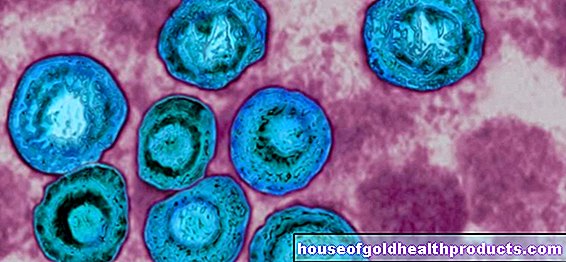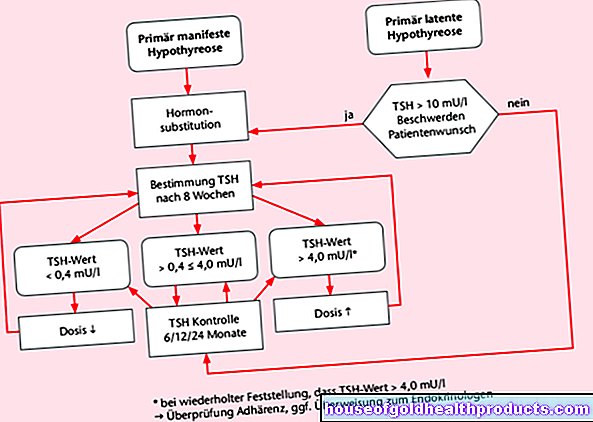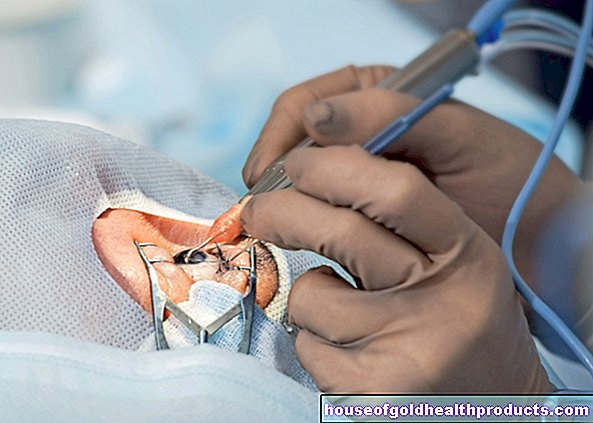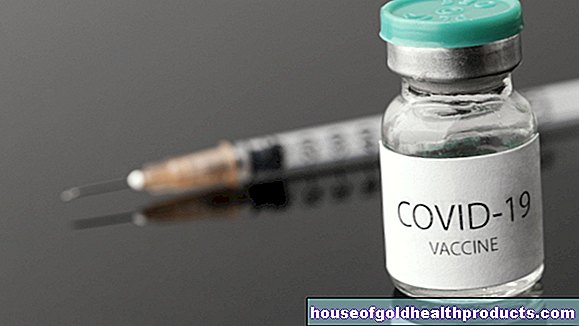Intestinal bacteria: gene exchange creates new pathogens
All content is checked by medical journalists.Washington (dapd). The development of pathogens is more closely interlinked with our natural intestinal flora than previously assumed. The inflammation of the intestine, for example in the case of a Salmonella infection, triggers a hundredfold increase not only of the pathogen, but also of certain harmless bacteria. This glut of bacteria makes it easier for the microbes to exchange genes with one another, including those for antibiotic resistance or new strains of pathogens. An international team of researchers found this out in experiments with mice.
The intensive gene exchange that has now been discovered could explain why new variants of pathogens keep emerging. One example of this is the EHEC strain of Escherichia coli, which was rampant in Germany last year, the researchers report in the specialist journal Proceedings of the National Academy of Sciences. (doi: 10.1073 / pnas.1113246109)
Gene exchange through direct contact
In order to exchange genes, two microbes close together and transfer ring-shaped pieces of genetic material to their partner via cell extensions. However, a prerequisite for this so-called conjugation is that the bacterial density is high and direct contact between the microbes is possible.
Normally, the density of the bacteria in question in healthy intestines is far too low to allow effective gene transfer, say the researchers. However, in experiments with mice infected with the diarrheal pathogen Salmonella enterica, it was found that an intestinal infection changes this rapidly and creates optimal conditions for gene exchange
According to the researchers, the new findings refute the common doctrine of a completely separate evolution of pathogens and harmless co-inhabitants of humans. Instead, both are closely interwoven. "Patients with an intestinal infection could therefore promote the spread of factors that make bacteria more resilient, more aggressive or even resistant to antibiotics," write Bärbel Stecher from the Swiss Federal Institute of Technology in Zurich and her colleagues.
Salmonella infection encourages Escherichia coli to multiply
As the researchers found out, the intestinal inflammation triggered by the pathogen causes certain species to multiply particularly strongly in the intestinal flora. Escherichia coli is one of these so-called Enterobacter microbes. After the infection with Salmonella, the normally low proportion of Escherichia increased to up to 80 percent, the scientists report.
The shift in the natural balance of the intestinal flora promotes the exchange of genes between Salmonella and these enterobacteria. "Amazingly, the transfer rate was extremely high, it was almost 100 percent," write Bärbel Stecher from the Swiss Federal Institute of Technology in Zurich and her colleagues. The inflammation triggered in the intestine plays a key role in this high level of effectiveness. In addition, genes that increase the viability of the microbes would also be exchanged during the transfer.
Tags: organ systems elderly care medicinal herbal home remedies





























